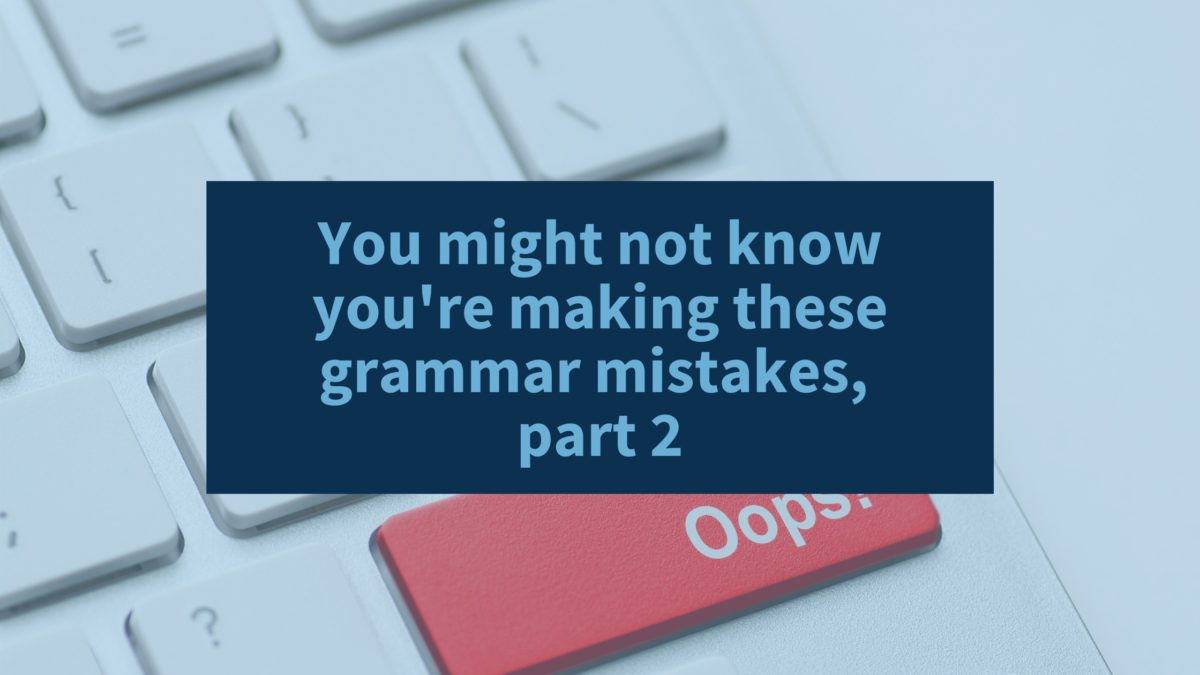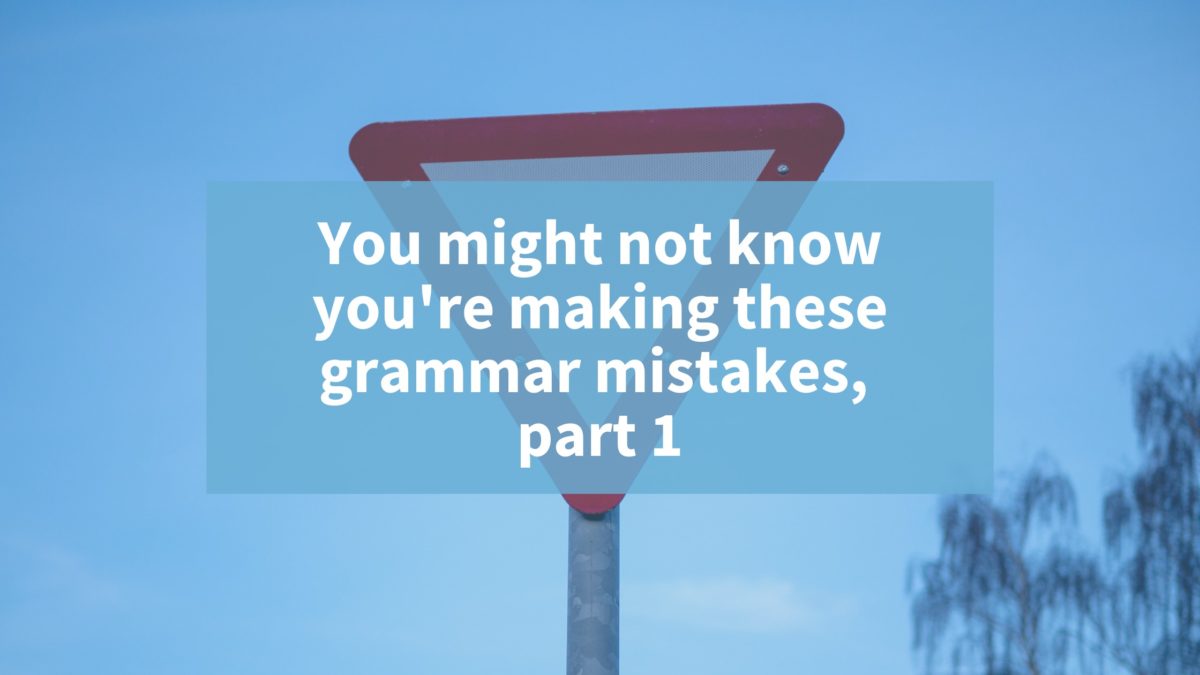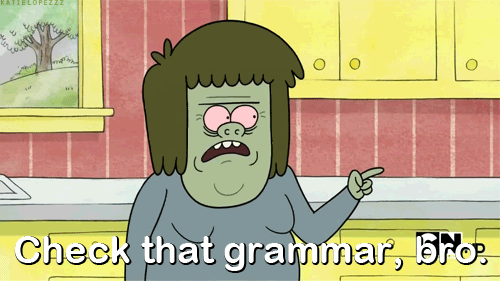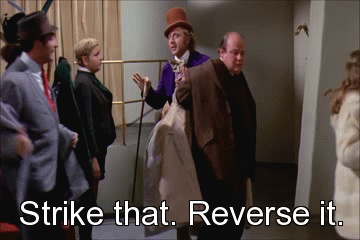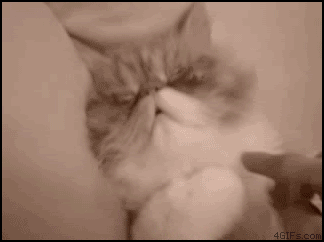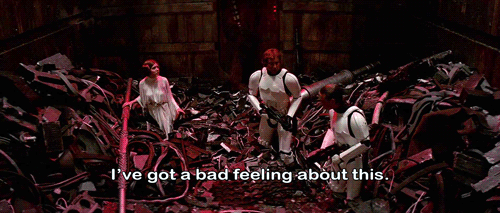By Leah Wohl-Pollack, Lead Editor This is part two of our series on common grammar mistakes you might not know you’re making. Check out part 1, which covers misplaced modifiers and dangling participles, here. In this post, we’ll cover two more grammar mistakes indie writers often make: passive voice and run-on sentences. By the end of this post, I hope you feel a little more confident about editing your writing for grammar. 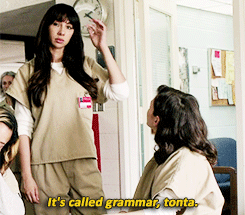
 But when you’re writing fiction, you’ll probably want to avoid the passive voice (except in a few special cases). In order to drive the narrative forward on a sentence-by-sentence basis, you must allow—nay, encourage!—your subjects to own their actions. Here’s an example of passive voice that I might come across when editing fiction:
But when you’re writing fiction, you’ll probably want to avoid the passive voice (except in a few special cases). In order to drive the narrative forward on a sentence-by-sentence basis, you must allow—nay, encourage!—your subjects to own their actions. Here’s an example of passive voice that I might come across when editing fiction: Using a conjunction with a punctuation mark:
Using a conjunction with a punctuation mark:

1. Passive voice
You may or may not remember from English class that all verbs are either active or passive in voice. In sentences with active verbs, the subject takes responsibility for the action. With passive voice, the action is not attributed to a subject at all. Despite what you might have heard, passive voice isn’t inherently bad; in fact, it makes frequent appearances in political and legal writing, and with good reason. It can be useful for a writer who wants to avoid attributing responsibility to a particular person or group:The president was advised not to sign the bill.
In this example, the writer may not want to list out who advised the president, so the passive form is appropriate. Passive voice is also useful when the “do-er” of the sentence isn’t necessarily important:The constellation can be observed from September to February.
Since anyone with the ability to see and a view of the night sky can observe the constellation, using the passive form of the verb is fine to keep the subject open. But when you’re writing fiction, you’ll probably want to avoid the passive voice (except in a few special cases). In order to drive the narrative forward on a sentence-by-sentence basis, you must allow—nay, encourage!—your subjects to own their actions. Here’s an example of passive voice that I might come across when editing fiction:
But when you’re writing fiction, you’ll probably want to avoid the passive voice (except in a few special cases). In order to drive the narrative forward on a sentence-by-sentence basis, you must allow—nay, encourage!—your subjects to own their actions. Here’s an example of passive voice that I might come across when editing fiction:Mike’s breath was held as Lynn peered over the edge of the cliff.
It’s almost definitely important to the narrative that Mike is nervous about Lynn’s safety, and describing Mike holding his breath is a good storytelling choice when you consider the concept of show vs. tell. But the passive form of the verb (was held) is clunking everything up. This use of the passive voice attributes the action to no subject at all, even though the subject here is essential to the story. To rephrase the sentence with active voice, we simply need to attribute the action (held) to the correct subject (Mike):Mike held his breath as Lynn peered over the edge of the cliff.
What a difference! This switch to active voice keeps the sentence flowing smoothly, and the reader stays immersed in the scene. It also helps show what Mike is feeling without telling the reader outright.2. Run-on sentences
Generally speaking, a sentence (also known as an independent clause) is made up of a subject and a verb. A compound sentence contains two or more independent clauses tied together with either a conjunction or a punctuation mark. Sometimes, you might find yourself tying together multiple independent clauses—but you’ve neglected to include the appropriate conjunction(s) or punctuation. Enter the dreaded run-on sentence. As a book editor, I come across these puppies here and there. But how are you supposed to recognize a run-on sentence when you’re self-editing your novel? Here’s an example of a run-on sentence:I love to go to the coffee shop next door to work on my writing it is always easy to concentrate there.
This sentence contains two independent clauses that haven’t been properly tied together; in other words, it’s missing a conjunction and/or punctuation mark. If you’re not immediately sure whether a sentence you’ve written is a run-on, or you know it’s a run-on but can’t tell where the missing conjunction or punctuation mark should go, you can try the question trick. This is a simple method that involves turning your sentence into a yes-or-no question. If the whole sentence can be easily rephrased into a single question, it’s not a run-on. If it needs to be turned into two questions, then you know it’s a run-on and you know where to put the missing conjunction or punctuation! Let me show you how it’s done. Using the example above, we find the first part of the sentence is easily turned into a single yes-or-no question:Do I love to go to the coffee shop next door to work on my writing?
But if we try to turn the entire sentence into a single question, it doesn’t fly:Do I love to go to the coffee shop next door to work on my writing it is always easy to concentrate there?
To make it work, we would need two separate questions:Do I love to go to the coffee shop next door to work on my writing? Is it always easy to concentrate there?
This trick has shown us we definitely have a run-on sentence on our hands. On top of that, we also know exactly where in the sentence to insert the missing piece: between the words writing and it is. In this case, we could solve the problem in two ways: either using a punctuation mark on its own, or a conjunction with a punctuation mark. Using a punctuation mark:I love to go to the coffee shop next door to work on my writing; it is always easy to concentrate there.
Note that not just any punctuation mark will work. In this example, inserting a comma instead of a semicolon would create another problem: a comma splice. But if you despise semicolons or would just rather use a comma, be sure to pair it with the appropriate conjunction. Using a conjunction with a punctuation mark:
Using a conjunction with a punctuation mark:I love to go to the coffee shop next door to work on my writing, because it is always easy to concentrate there.
That wraps up part 2 of our series on grammar mistakes you might not know you’re making. With these two posts, I hope to prepare you to tackle your self-editing head-on. At the same time, we all know catching every one of your own grammar errors is darn near impossible. That’s why, after you’ve done your part, you can send your manuscript to Invisible Ink, where we’ll fix your errors and keep your voice.

